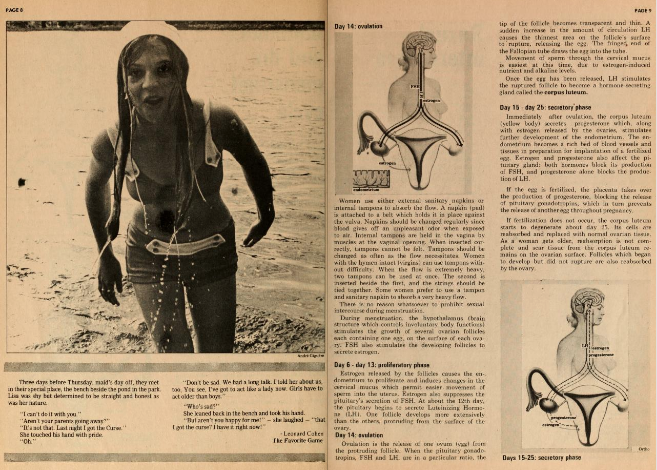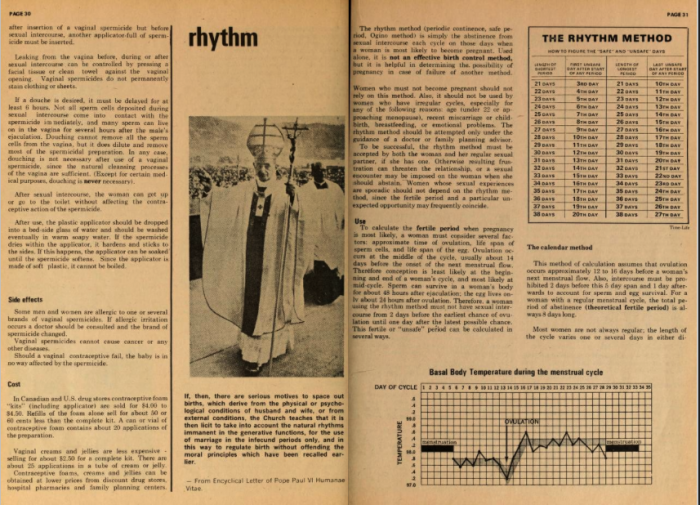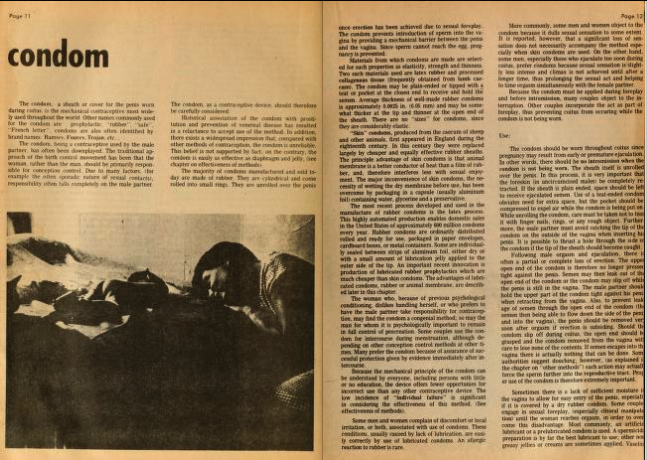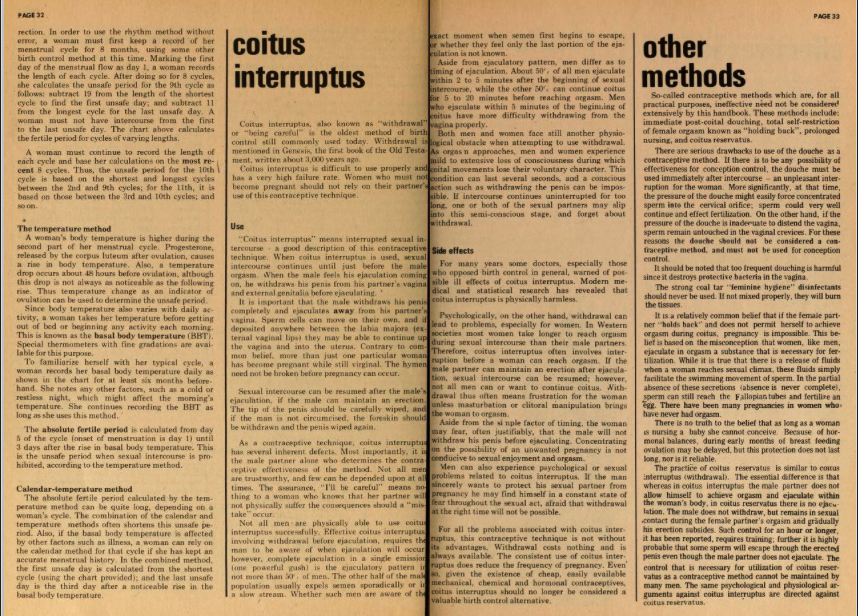“Eats, Shoots, and Leaves is Britain’s number-one best seller at the moment, and it’s about punctuation, and no, I don’t get it either,” writes Nick Hornby in his February 2004 “Stuff I’ve Been Reading” column for the Believer. What explains how Lynne Truss’ guide to the proper use of commas, semicolons, and dashes became such a publishing phenomenon those thirteen holiday seasons ago? Hornby theorizes that everyone had someone in mind to give a copy, whether a punctuation pedant themselves or someone whose skills in the area could use a sharpening, ultimately predicting that “in the end the book will sell a quarter-million copies, but only two hundred people will own them.”
Something similar may have happened with Marie Kondo’s book The Life-Changing Magic of Tidying Up, first published in Japan in 2011 and in English in 2014. Now people all over the world have read it to learn the simple secrets of Kondo’s “KonMari method” of decluttering — or have given it to friends and relatives they see as badly in need of such a method. Still, all but the most ascetic of us occasionally bend to the hoarder’s instinct in certain areas of life, and it would surely surprise none of us to find out that Open Culture readers have, on occasion, been known to let their bookshelves run over.
Hence the popularity of Jonathan Crow’s post on tsundoku, the Japanese word for the unread books that pile up unread in our homes. Japan, a land of small domestic spaces but a great deal of stuff, has paid special attention to the problem of hoarders and the gomi yashiki (or “trash mansions”) in which they sometimes end up. Some observers, like photographer Kyoichi Tsuzuki, celebrate the ever-present threat of total disorder; others, like Kondo, go on not just to attain guru status by selling books, but then to show fans how to tidy up all those books they’ve accumulated.
“Many people say that books are one thing they just can’t part with regardless of whether they are avid readers or not,” Kondo writes, “but the real problem is actually the way in which they part with them.” The way she offers requires adherence to certain practices and beliefs, including the following:
Take your books off the shelves. Kondo recommends–often against the objections of her clients–first de-shelving all their books and piling them on the floor (that is, the books that haven’t spent their entire lives in such a state). “Like clothes or any other belongings, books that have been left untouched on the shelf for a long time are dormant. Or perhaps I should say that they’re ‘invisible.’ ” Possibly drawing on what she learned from five years spent as an attendant maiden at a Shinto shrine, she renders them visible again, as you can see in the video above, “by physically moving them, exposing them to air and making them ‘conscious.’ ”
Make sure to touch each one. Only with your books conscious can you “take them in your hand one by one and decide whether you want to keep or discard each one. The criterion is, of course, whether or not it gives you a thrill of pleasure when you touch it.” Not when you read it (starting to read or even opening any of them can, she warns, derail the entire project) but when you touch it.
“Sometime” means “never.” We all own books we tell ourselves we’ll get around to one day (a habit which must have led Hornby to rigorously separate “Books Read” from mere “Books Bought” in his column), but Kondo suggests that the accumulation of books with only an intent to read them in the non-immediate future lessens the impact of the books you do read. “Timing is everything,” she writes. “The moment you first encounter a book is the right time to read it. To avoid missing that moment, I recommend you keep your collection small.”
Lithub’s Summer Brennan recently wrote up her own experience of weeding out her personal library the KonMari way. Brennan breaks the do-not-open rule and finds letters, lists, tickets (both flight and traffic), photos, bills, receipts, and even a high-school hall pass stuffed between their pages. Contra Kondo, she argues that our books “are not impersonal units of knowledge, interchangeable and replaceable, but rather receptacles for the moments of our lives, whose pages have sopped up morning hopes and late-night sorrows, carried in honeymoon suitcases or clutched to broken hearts. They are mementos, which [Kondo] cautions readers not to even attempt to contemplate getting rid of until the very last.”
Some of the books we own may spark joy, in other words, but almost all of them spark a range of other feelings besides. Even so, the holiday season having come upon us again, we’ve got no choice but to make at least a little room on our shelves — or our floors — to accommodate the new books we’ll no doubt receive as gifts. Farewell, then, to all those extra copies of bestselling punctuation guides. Only after they’ve gone will we see about breathing some life into the volumes to which we’ve grown more deeply attached. After all, a year’s end, as many a writer knows, provides the ideal time for reflection.
Related Content:
“Tsundoku,” the Japanese Word for the New Books That Pile Up on Our Shelves, Should Enter the English Language
Change Your Life! Learn the Japanese Art of Decluttering, Organizing & Tidying Things Up
7 Tips for Reading More Books in a Year
What’s the Fastest Way to Alphabetize Your Bookshelf?
Based in Seoul, Colin Marshall writes and broadcasts on cities and culture. He’s at work on a book about Los Angeles, A Los Angeles Primer, the video series The City in Cinema, the crowdfunded journalism project Where Is the City of the Future?, and the Los Angeles Review of Books’ Korea Blog. Follow him on Twitter at @colinmarshall or on Facebook.





